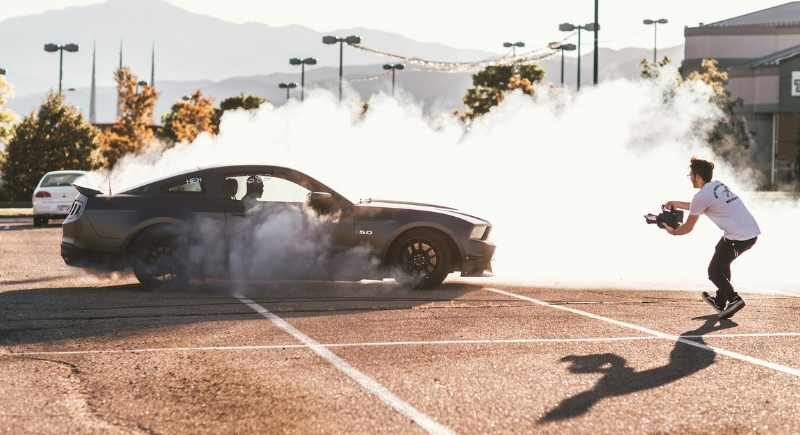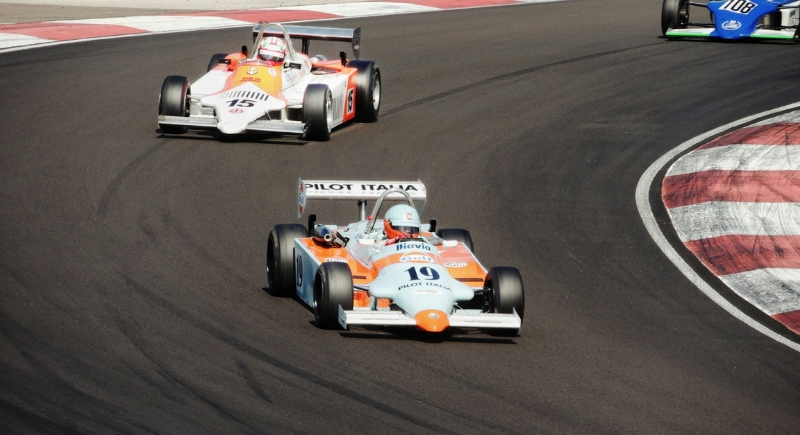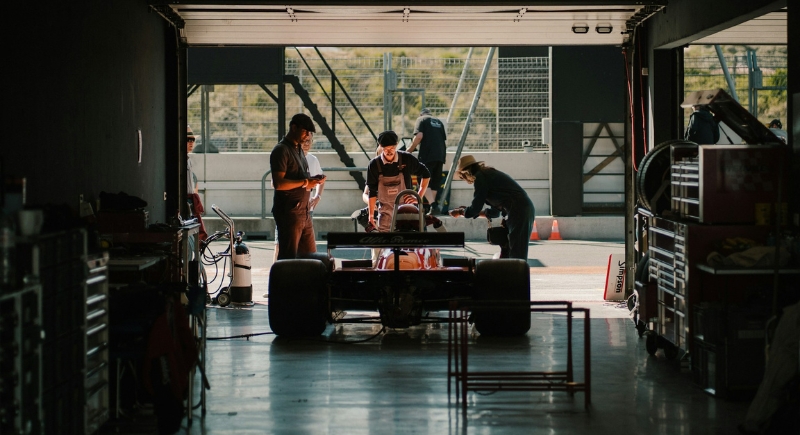George Russell Speaks Out on F1 Safety After Disturbing Incidents
Formula 1 drivers are accustomed to risk. It comes with the territory of hurtling around tracks at 200+ mph with razor-thin margins separating triumph from disaster. However, for Mercedes driver George Russell, certain moments have crossed a line from acceptable danger to requiring action, no matter how uncomfortable the conversations might get.
The 27-year-old Brit has emerged as one of the most vocal advocates for safety improvements in modern F1, a role that’s earned him both respect and criticism. Unlike drivers who prefer to keep their heads down and focus solely on lap times, Russell has made it clear he won’t stay silent when lives are on the line, even if it means ruffling feathers within the sport’s power structure.
The Images That Won’t Leave

Image via Unsplash/Zachary Varga
Russell’s commitment to safety advocacy stems from witnessing crashes that left lasting impressions on him. While speaking candidly about what drives his mission, Russell revealed the specific incidents that turned him into an activist. The crash that perhaps affected him most involved Billy Monger, his former teammate in 2012, who lost both legs in a horrific British F4 accident in 2017. “Seeing that crash live” was devastating, Russell explains, particularly because of their close relationship.
When tragedy strikes someone you know personally, abstract safety concerns become all the more real. But Russell’s perspective was shaped by more than one incident.
Anthoine Hubert’s fatal crash at Spa in 2019 during an F2 race was “sickening to watch,” as he described it. Another haunting one was Romain Grosjean’s fiery crash in Bahrain during the 2020 season. Russell was behind Grosjean when the accident occurred and passed him just before the impact. “I looked in my mirror, and all I could see was flames. It took over my whole mirror,” Russell recalls, the image still vivid years later.
From Witness to Advocate

Image via Unsplash/Maxence Pion
These experiences led Russell to become deeply involved with the Grand Prix Drivers’ Association (GPDA), the collective voice of F1 drivers on safety and regulatory issues. He joined the association in 2021 during his third season after initially replacing Romain Grosjean, and now serves alongside Williams driver Carlos Sainz as one of only two active drivers in the organization.
The GPDA has historically played a crucial role in advancing safety measures, most notably championing the halo cockpit protection device that initially faced resistance from teams and fans but has since proven its worth in protecting drivers during accidents.
Fighting the Right Battles
Russell’s advocacy extends beyond individual safety incidents to broader concerns about how F1 is governed and regulated. The drivers’ association has occasionally found itself at odds with FIA leadership, particularly regarding transparency and communication.
Last November, the GPDA penned an open letter urging FIA president Mohamed Ben Sulayem to “treat them like adults” amid concerns about heavy-handed policies, including a controversial swearing ban that drivers felt was unnecessarily restrictive. When Ben Sulayem responded by saying that how he runs the FIA was “none of their business,” tensions escalated further.
Russell acknowledges that taking public stands on controversial issues inevitably attracts criticism.
The criticism comes from multiple directions. Some fans prefer drivers to focus solely on racing, while others question whether relatively young drivers should be challenging established authority structures.
Russell has pragmatically noted that everyone will always have a view, so the only way to make everyone happy is to say and do nothing, but that is not an option.
A Sport United by Shared Risk

Image via Unsplash/Marc Kleen
What’s particularly striking about Russell’s approach is how he’s helped foster unity among current F1 drivers around safety issues. “As a group, we are probably closer and more united than ever,” he observed while noting how shared experiences with technical challenges like the porpoising problems in 2022 have given drivers topics of conversation to tackle together. This unity matters because safety improvements often require collective action. Individual drivers might hesitate to raise concerns about track conditions or car safety, but a unified voice carries more weight with organizers and regulators.
Legacy Beyond Lap Times
Russell insists he’s not trying to leave any special legacy but believes that if there’s an opportunity to improve something, he wants to speak about it, especially if it comes to track safety or car safety. Humble as the framing may be, it is actually a significant leadership role in modern F1. By refusing to stay silent about safety concerns, he represents a generation of drivers who understand their platform extends beyond entertainment. They’ve witnessed too much to accept preventable risks as simply “part of the sport.”